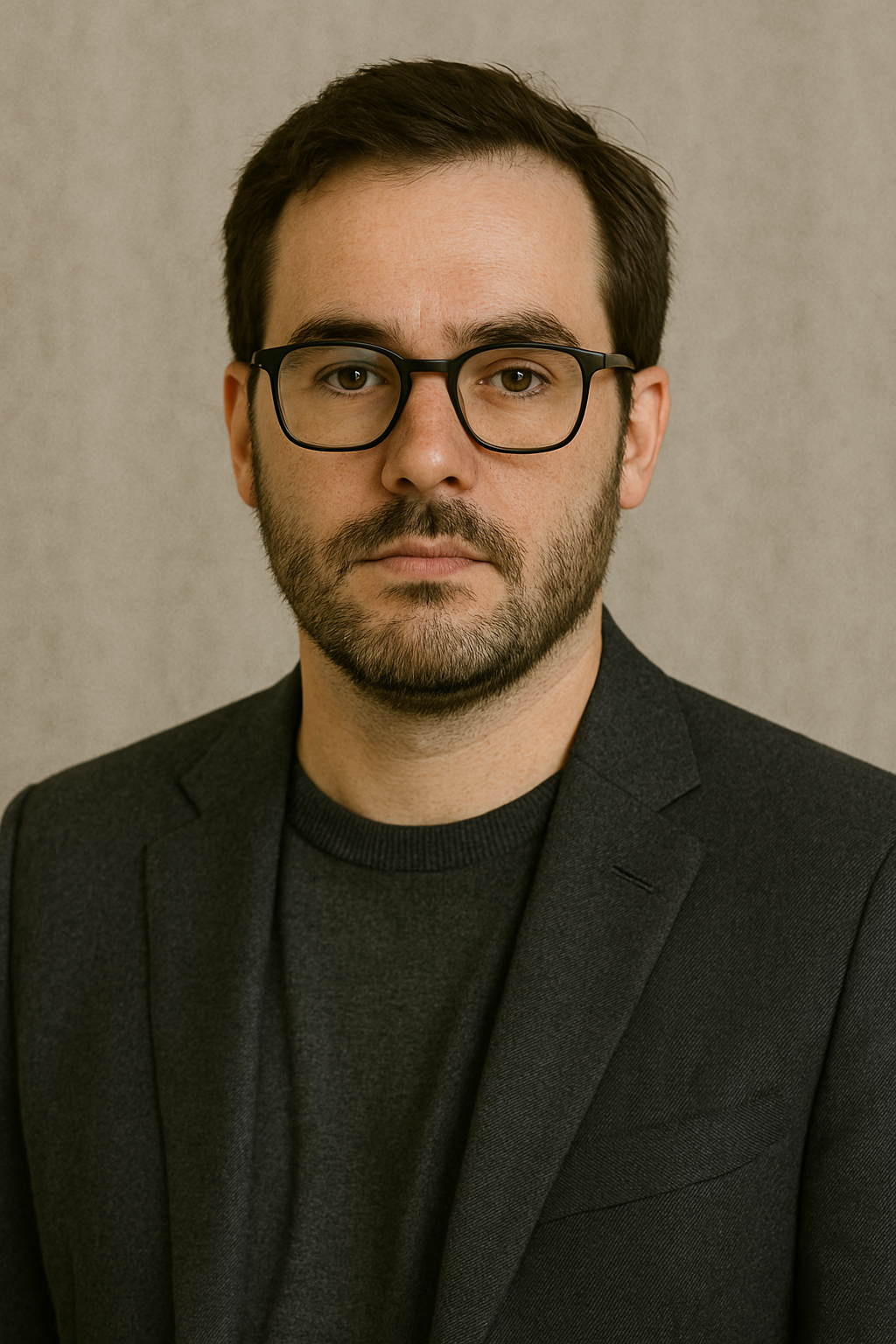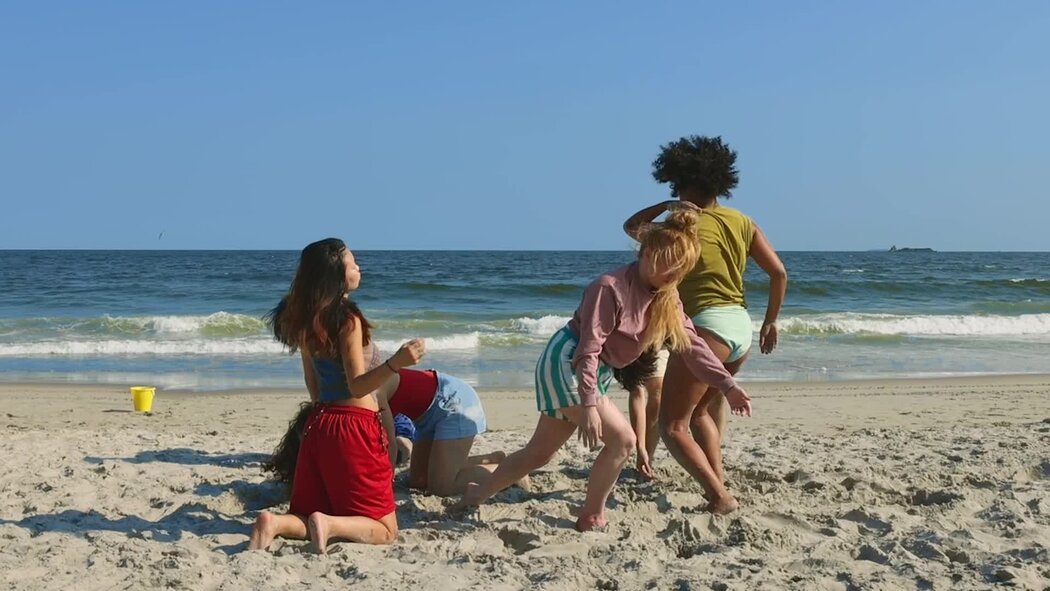Kim Brandt last created a theater dance in 2014 with her piece "Untitled" at the Kitchen, a brief yet unforgettable performance. It featured twenty-four dancers forming a towering cluster of bodies, maintaining that shape for several minutes through intense strength and silent coordination, without a single leader directing the collapse.
Brandt described the experience as akin to a "hive mind," with performers sensing each other to collectively dissolve their formation across the space. Since then, she has built a reputation as an innovative site-specific artist, presenting works in unique locations such as cemeteries, galleries, and the MoMA PS1 dome.
With a background in sculpture, Brandt’s approach to choreography is deeply influenced by her understanding of physical space and materials, shaping how she conceives dance and its environment.
Her latest venture is set at Rockaway Beach, where she embraces the wild, uncontrollable elements of the seaside. "The beach is so untamed," she said, noting the challenges posed by natural forces she neither seeks to control nor contain, but rather to work with as a choreographer.
Premiering on August 23 as part of the Beach Sessions summer series, Brandt’s new work, "Wayward," is staged at Beach 112 Street, a serene stretch framed by dunes and jetties. The location’s quiet isolation has inspired Brandt to create a dance that feels inseparable from its surroundings.
"I wanted the piece to be as expansive as the beach itself," Brandt explained, acknowledging a theatrical quality to the spatial setup, reminiscent of traditional stage performance.
The choreography delves into the beach’s vertical landscape, moving beyond the usual horizontal horizon line. Dancer Ayano Elson recalled Brandt’s rehearsal instruction: "There are no walls," emphasizing the fluidity and openness of the space. The piece involves eighteen dancers plus several children, all interacting with the shifting sand and wind.
Brandt’s sensitivity to the beach environment is acute — from the varying textures of dry and wet sand to the 30-mile-per-hour winds that erase footprints moments after they are made. These natural elements become integral to the performance’s texture and movement.
Initially, Brandt experimented with incorporating surfers into the piece, but found that concept ineffective. She ultimately shifted focus away from making a stereotypical 'beach' show, instead committing to pure dance inspired by the site itself.
Rather than splashing in the water, the choreography begins near the shore and expands outward — rising atop dunes and advancing toward the jetties. The work also gestures toward Rockaway’s urban character; when dancers face the dunes, the imagined city skyline beyond the bay comes into view.
Sasha Okshteyn, artistic director and co-producer of Beach Sessions, highlighted how the work balances the serene natural elements of sunset, ocean, and wind with a grounded acknowledgment of Rockaway as part of gritty New York City life.
Brandt, who has spent years at Rockaway, cherishes the unique blend of city and beach life. "It’s the city at the beach," she said. "I’ve fallen in love with New York many times, and this is just another way of experiencing it — a different rhythm and way of moving through the city."
The title "Wayward" reflects a sense of divergence and unpredictability rather than simply being lost. Brandt drew inspiration from an Oxford English Dictionary entry referencing Thucydides: 'The movement of events is often as wayward and incomprehensible as the course of human thought.' This resonates with both the beach’s character and the current complexity of creating dance today.
One choreographic framework involves dancers moving simultaneously in opposing vertical directions, creating a meditative and dynamic landscape of shifting bodies and sand — a "thinking score" requiring deep internal focus paired with physical engagement.
Brandt’s dancers do not emphasize posing or fixed shapes; instead, movement arises naturally. She appreciates witnessing the subtle mechanics of the group’s collective motion.
Dancer Courtney Cooke described Brandt’s presence as a guiding intelligence — a "hive mind" — controlling the ensemble’s spatial movement without physically being inside the group.
This unity becomes especially vivid in the ocean setting, where the interplay of waves and wind heightens dancers’ grounded concentration rather than dissolving into pure emotion.
Cooke emphasized that although Brandt’s work is sometimes labeled as minimal or simple, achieving that clarity is an intricate and demanding process, involving stripping movement down to its essential core.
Brandt encourages her dancers to embody her choreographic ideas while interpreting them individually, fostering attentive listening and mutual care. "It’s about how we move through the world together," she said, "and how we support ourselves alongside others."
Ultimately, Brandt views her work as an invitation to new forms of connection and coexistence, offering "another way to be together in this world," which she finds profoundly fulfilling.


0 Comments
No comments yet. Be the first to comment!